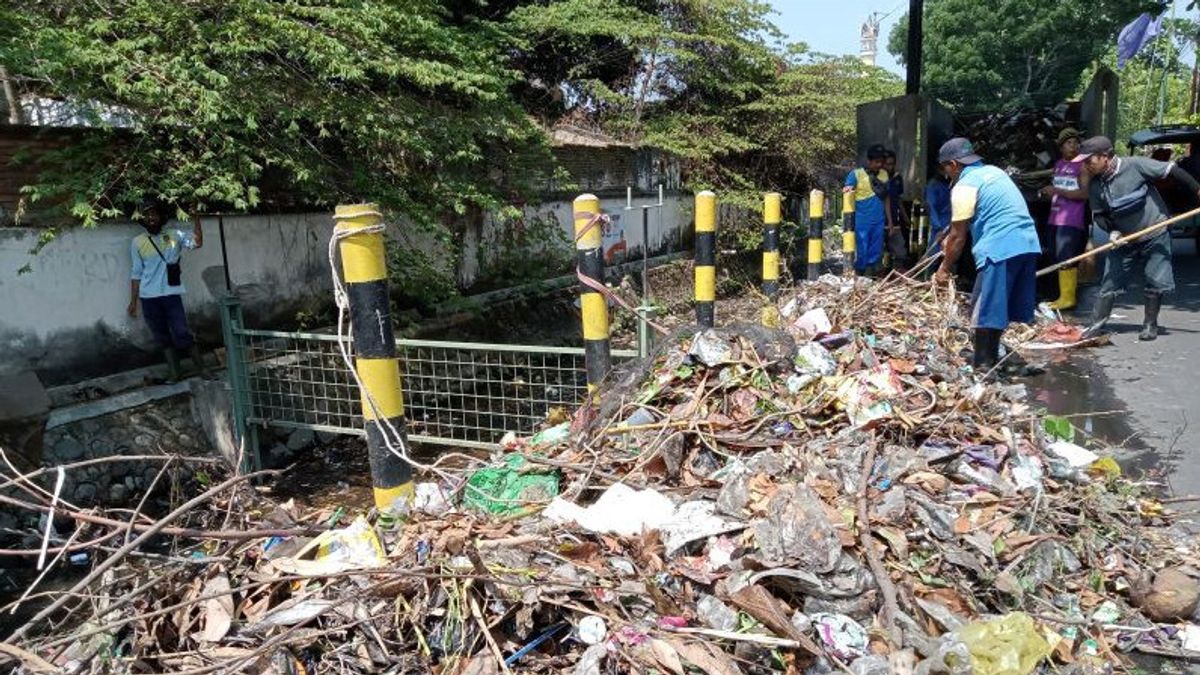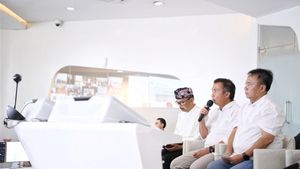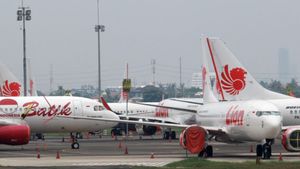NTB - Mataram City Public Works and Spatial Planning (PUPR) have implemented a waste blocking system using iron in a number of waterways.
Acting (Plt) Head of the Mataram City PUPR Service, Miftahurrahman, said the effort was to reduce waste flowing downstream and facilitate transportation.
"We create waste barriers in channels identified as areas prone to waste flow," he said in Mataram, West Nusa Tenggara (NTB) Province, Friday, November 3, which was confiscated by Antara.
He explained, until now the waste segregation of waterways that have been made has reached around 35-40 points spread across six sub-districts throughout Mataram City, with a total budget of more than Rp. 200 million.
The creation of the channel's waste partition is made in stages with varying size according to the construction conditions, dimensions, and width of the channel.
Several waste blockage points that have been created include the channels in front of the Majeluk Slaughterhouse (RPH), Udayana, Karang Pule, Karang Panas, Monjok, Taliwang, Karang Jangkong, Pagutan, in front of the Mataram City Hospital, Gegutu, and in front of the NTB Provincial Library.
"Last week, we also installed it in Ning River because we saw the potential for waste in the area was quite high," said Miftahurrahman, who also serves as Assistant II for the Development Administration and the Economy of the Mataram City Secretariat.
اقرأ أيضا:
Miftahrrahman explained that the installation of waste barriers in the channel was considered effective in addition to capturing garbage and at the same time identifying the origin of waste, whether from external or internal local residents.
With this garbage barrier, hundreds of blue troops from PUPR can also easily divide themselves into handling channel waste.
"Our officers will monitor the points of the channel where there are already barriers," he said.
This means that if the volume of waste that is netted is large, the officers will immediately transport it, but if it is still possible it will be transported the next day and prioritize more vulnerable points.
"This condition occurs, because we are also limited to the garbage transport fleet. So we use the priority scale," he said.
The English, Chinese, Japanese, Arabic, and French versions are automatically generated by the AI. So there may still be inaccuracies in translating, please always see Indonesian as our main language. (system supported by DigitalSiber.id)

















